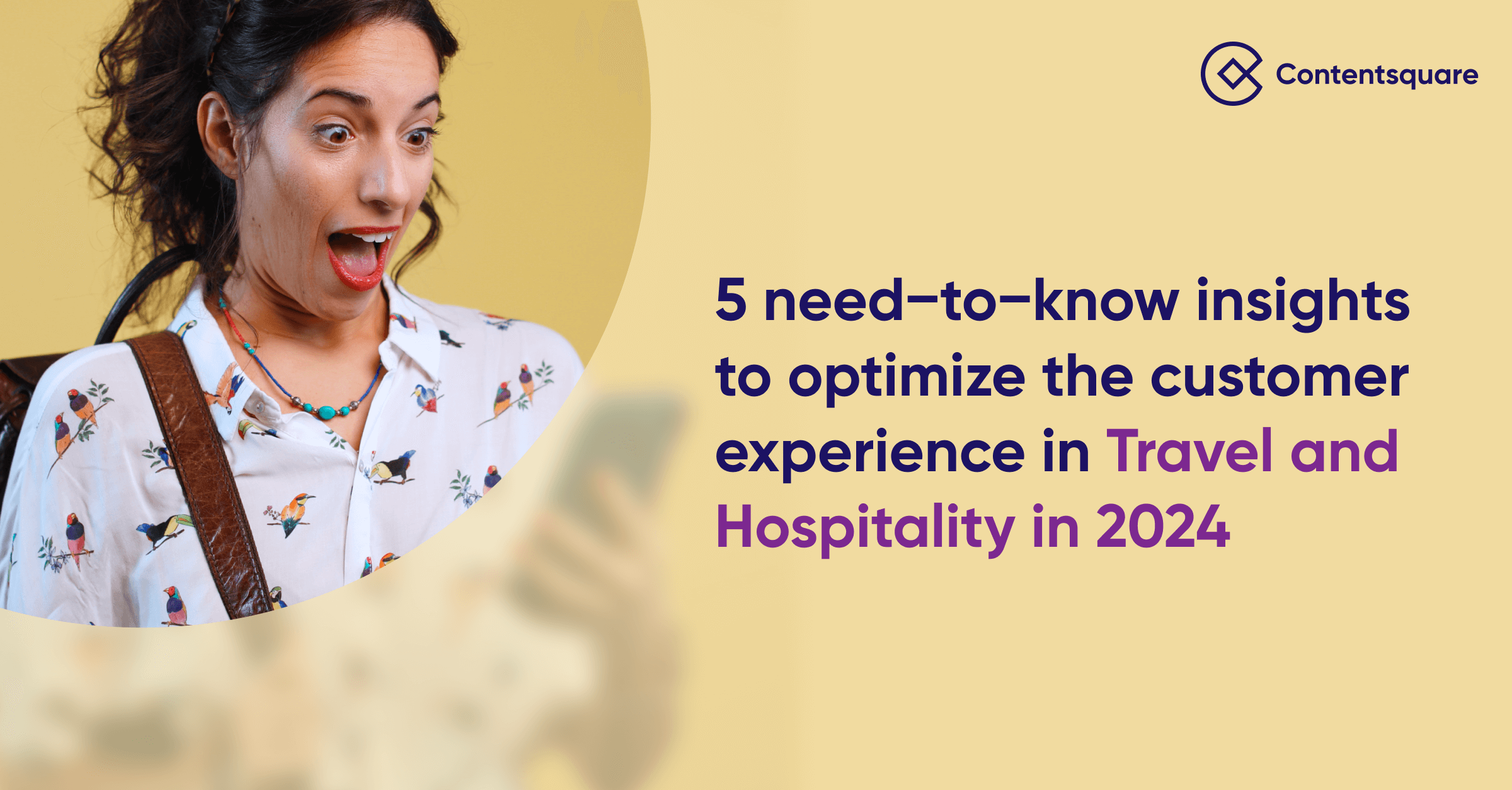1. Build a testing roadmap
To prepare for a large number of house guests - or digital traffic - you need to prepare well in advance. Who is coming, and what are their preferences? What (offers) will you serve? What new features do you need to add so that your guests have an optimal experience?
Now is the time to gather insights to understand your existing customers as well as new segments, to test out UX and structural improvements, and to build features with safety mechanisms (feature flags). This will ultimately guide your holiday website optimization strategy.
Build a plan and testing roadmap in advance and coordinate with key stakeholders across teams to ensure alignment. Look back at last year’s holiday season, as well as sales periods throughout 2020, to compare to current trends and gain insights on what worked during these sales. Use this hindsight as the foundation for your 2020 peak holiday shopping strategy.
From experimentation to feature management, here’s a checklist to guide your holiday website optimization strategy:
Product, Marketing & Strategy teams:
- Understanding your customers: Gather data on how your customers are currently using your website or app, where they struggle, and build segments or audiences that show common usage patterns
- Past Learnings: Revisit learnings from previous A/B tests conducted during last year’s Peak period or other sales periods during the year. What offers, messages, or experiences worked well during those times?
- Test out UX and structural improvements: Find those pain points in the user journey and prioritize bigger tests now, 3-4 months before Peak. Build a roadmap of priority tests, aligned with key stakeholders in your business. To mimic Peak, consider testing during another sales period, e.g. US Labor Day.
- Shipping strategy: Free next day shipping is extremely expensive and your customers may not want or need the full service. Work with your finance team to test out implications of extending/reducing shipping time periods or prices; some customers also experimented with a subscription service for premium shipping. Use feature variables and feature flags to control the rollout of any new changes
- Contact center strategy: Your contact center will be a key to a positive customer experience, especially related to queries and returns. Work as one CX organization to identify gaps in your contact center strategy and test out how you can improve operations
Engineering & Development teams:
- Test features with real users: Crucial to avoiding bugs during Peak is testing new features with real users in a production environment first. Launch these feature tests now to identify any bugs or challenges with low usage
- Performance: Load times are a key factor impacting bounce rates and loss of conversions; optimize your page speed to keep the valuable traffic on your pages
- Feature Flags: Building a safety switch into your code is crucial for helping you recover rapidly if a bug occurs during peak. Feature Flags and Rollouts give you the control to remove risk from new features and rollback immediately if needed.
- Infrastructure stability: Make sure that your infrastructure is set up to handle the volume. Last year, Optimizely successfully handled 2-3x increase in normal Peak traffic for our customers during BF/CM; our Data Platform Engineering team shares more about how they prepared here.
2. Personalize your digital experience
You’re almost ready to execute your holiday website optimization strategy, but there are a few last preparations as you think about the specific guests you are preparing for - personalizing the experience for them
- Personalization: Now that you’ve learned about your users, personalize your site experience for them. Understand your customers and build audiences to provide a tailored experience to each segment. Highlight Recommendations and promotions based on their particular interests.
- Promotions: Make your offers look good! Even if you’re not using personalization, placement and wording make a big difference. Here are some ideas for how to test out ways to make offers more engaging, particularly a few weeks in advance. In particular, test on your value prop messaging and urgency, as these will be key to highlighting the exciting gifts in store for your customers.
- Urgency messaging and availability badges: Test to identify the best wording and placement of messages to convey urgency, new items, and low in stock. These signals will be key during Peak, so test now to get them right in advance
3. Refine your strategy
As the guests arrive and the merriment (and chaos) of the peak holiday season starts, keep your cool and know that you’re well prepared. However, like a well-prepared host, you have additional tools in your experimentation toolkit that can help further refine your digital experience:
- Multi-armed bandits (MAB) are your best friend during Peak. Rather than waiting to define a winner, they optimize based on the highest performing variation and direct traffic to that winner during the test. Headline testing, holiday promotions, and targeting are all great uses for MABs (more Peak holiday season examples here)
- Messaging tweaks: If your company has limited developer resources or a code freeze policy (we have thoughts on that), Optimizely can be a temporary fit if you need to make an urgent lightweight change - for example, a quick change to the wording in a header. While this is not a best practice for long-term implementation, you can temporarily push 100% of your traffic to a specific variation to execute that change
- Inventory strategy: In line with what you learned while testing this pre-Peak, keep your inventory data up-to-date and well communicated - don’t lose a conversion because an item is out of stock! Push recommendations for other items to get ahead of this (e.g. “almost out” urgency messaging)
4. Post-holiday cleanup
The holiday season is exciting, but also exhausting. By the end of the year, many teams are tempted to raise a glass, toast a job well done, and close out the year. But before you sunset your 2020 holiday website optimization strategy, here are a few important steps to ensure you take to set your company up for a strong 2021:
- Feature management: Clean up your code! Remove temporary features or temporary feature flags, and build strategies to revisit permanent flags. Here’s an overview of how to reduce technical debt and maintain your feature management in the long-term.
- Gift card strategies: Many of your customers will have purchased gift cards for loved ones, providing you an ideal opportunity to acquire a new customer when they redeem the card. Indeed, Average Order Values (AOVs) often increase when users purchase via a gift card. Build messaging and re-engagement strategies to encourage customers to redeem and use these gift cards in a timely fashion; your accounting team will thank you
- Lifecycle messaging: You’ll have acquired net new users during the holiday season; take the time to understand the data on these new types of users and personalize to their interests and needs. Build a re-engagement strategy to encourage them to re-active after the holiday season.
Peak holiday season is an exhausting few months, but very rewarding. Take these steps in advance to ensure that you’re set up for success and best able to utilize your experimentation and feature management tools to delight your customers.





